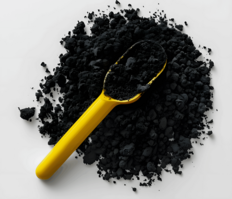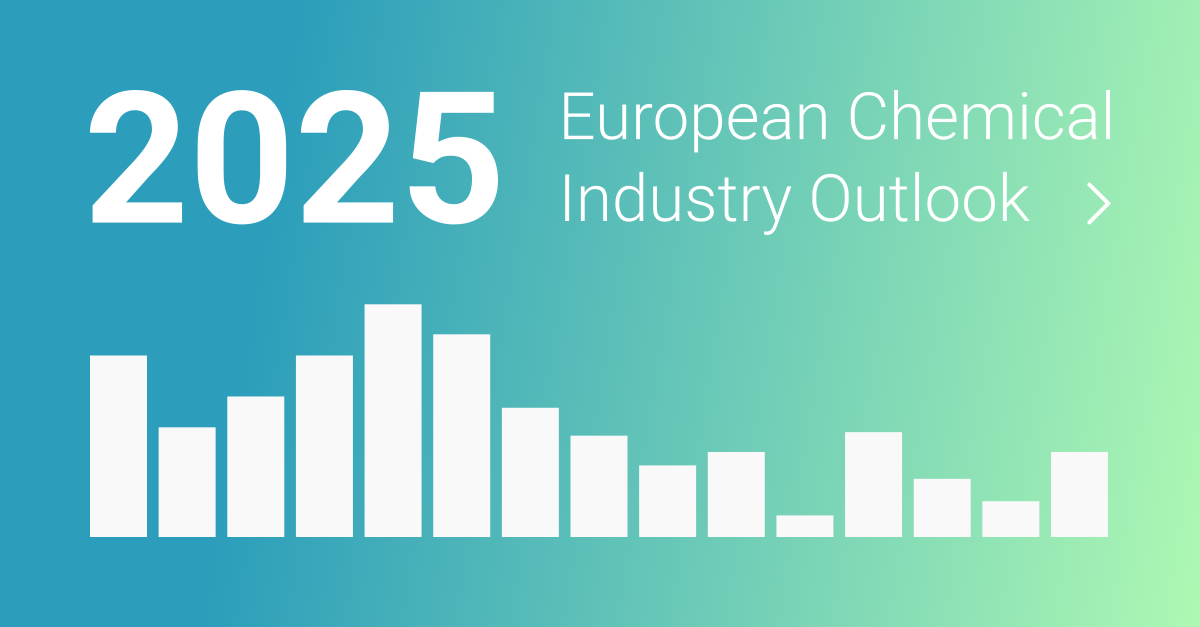- TACFILLER reduces carbon emissions by 89% compared to conventional carbon black.
- The rubber industry emits 29-79 million metric tonnes of CO₂ annually from carbon black.
- TACFILLER is REACH registered, supporting compliance with EU regulations.
- Plastic Energy's TAC™ process converts plastic waste into TACOIL™, enhancing recycling rates.

Introduction
Plastic Energy has commercialized TACFILLER, a sustainable alternative to carbon black, a material used in rubber manufacturing. This innovation is part of their TAC™ chemical recycling process.
Environmental Impact
TACFILLER production results in 89% lower carbon emissions compared to traditional carbon black, which contributes 29-79 million metric tonnes of CO₂ emissions globally each year. This aligns with the rubber industry's need to reduce emissions and comply with regulations like the EU’s End-of-Life Vehicles Directive.
Regulatory Compliance
TACFILLER is the first product of its kind to be REACH registered, supporting the rubber industry in meeting recycled content targets and reducing environmental impact.
Recycling Process
Derived from Plastic Energy’s proprietary TAC™ process, TACFILLER is made from post-consumer plastic waste, reducing reliance on fossil fuels. The process converts plastic waste into TACOIL™, a recycled feedstock for new plastics, enhancing circularity and cutting emissions by up to 78% compared to incineration.
